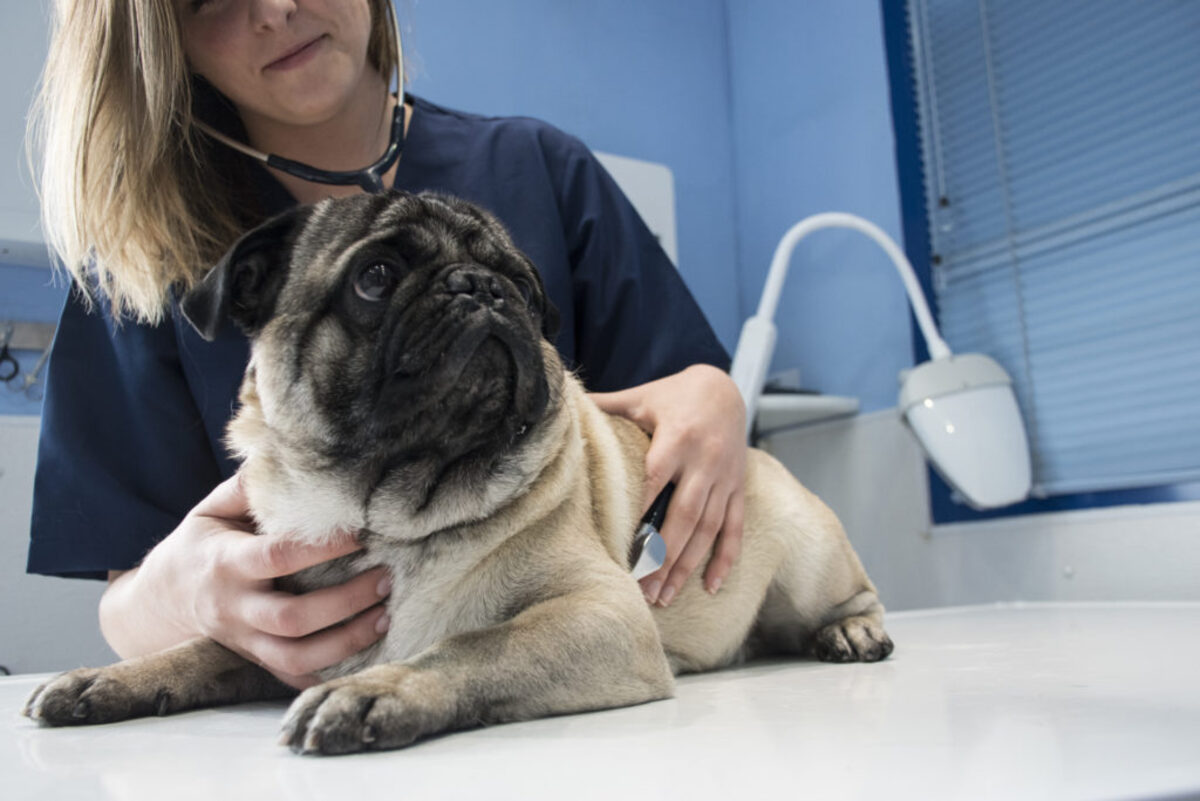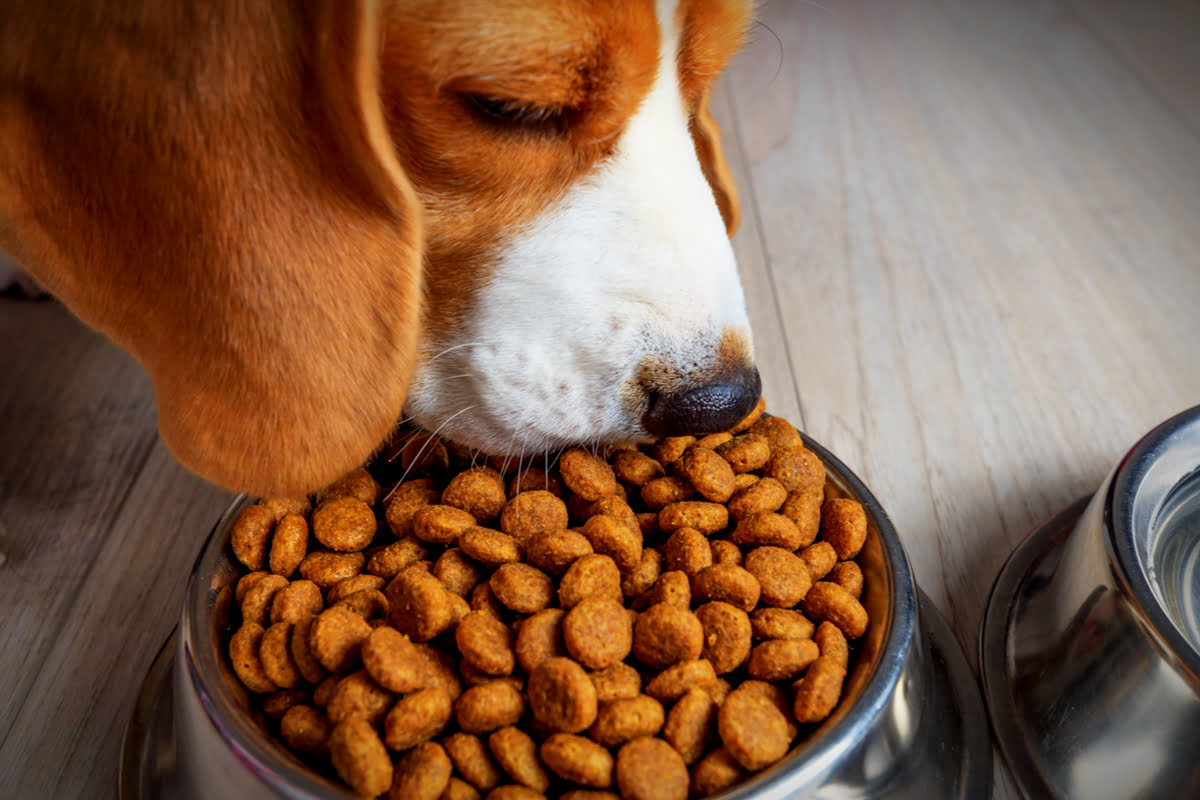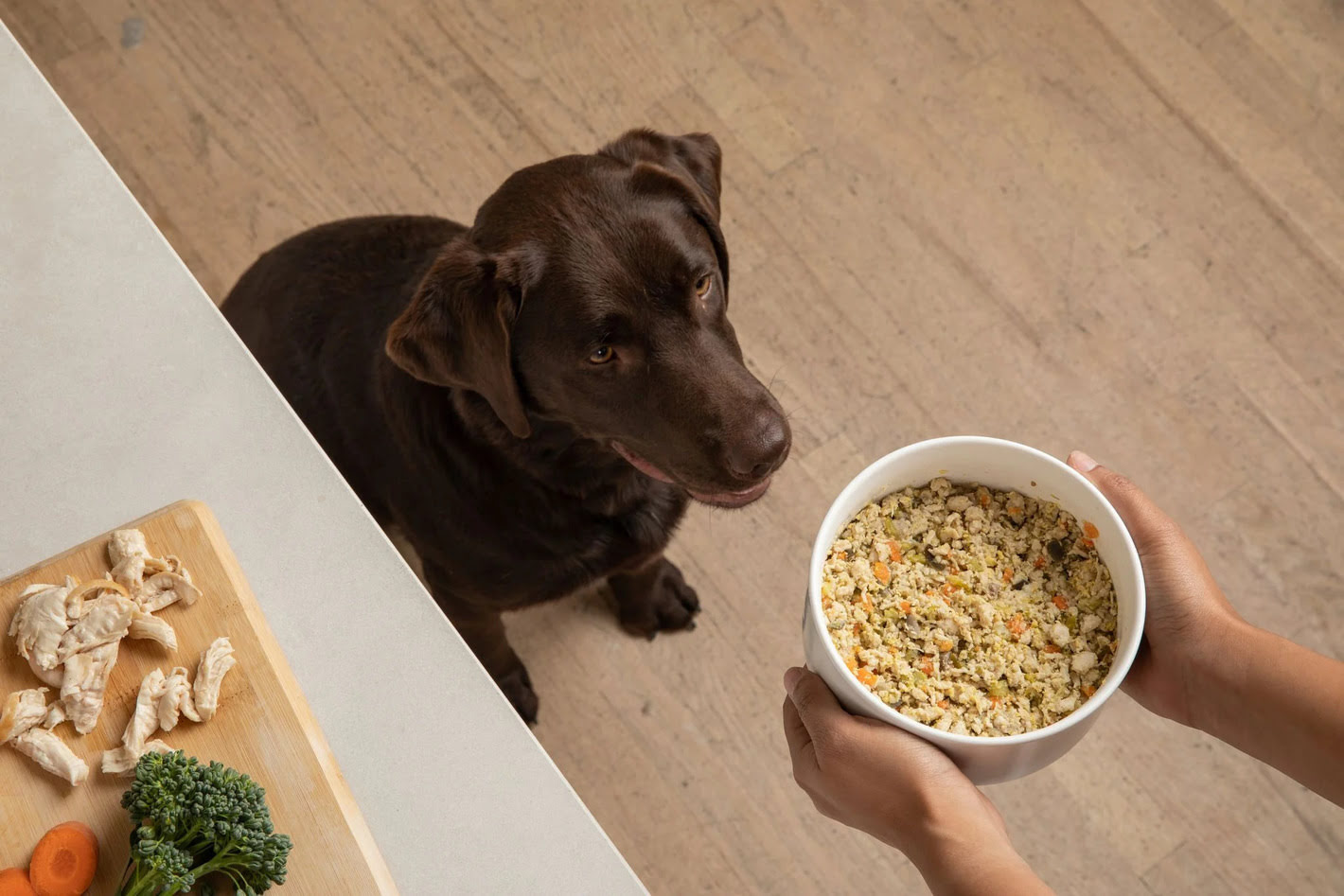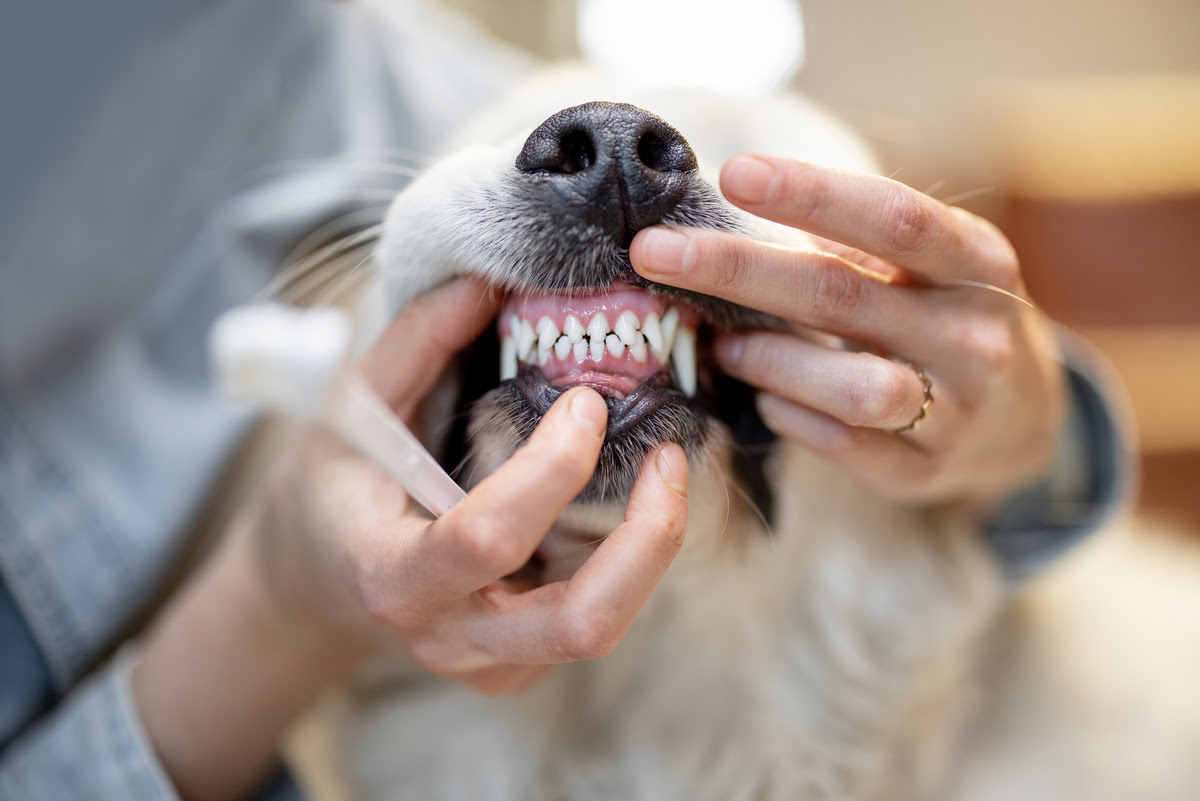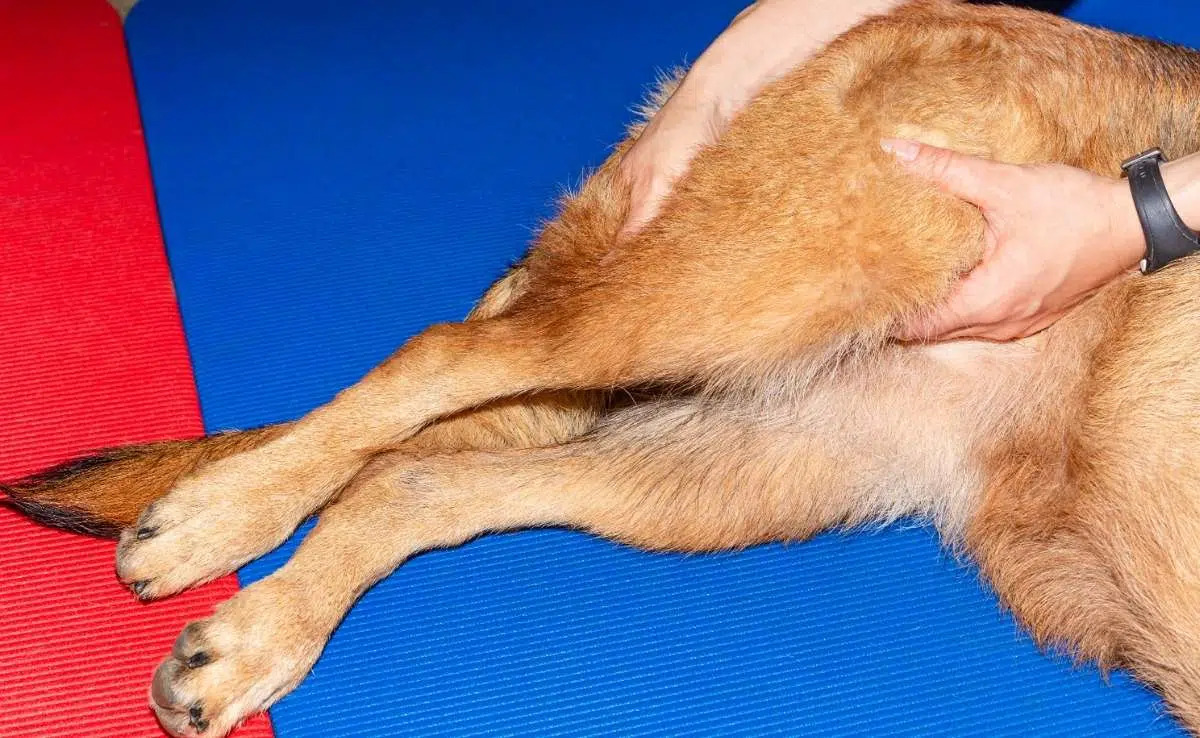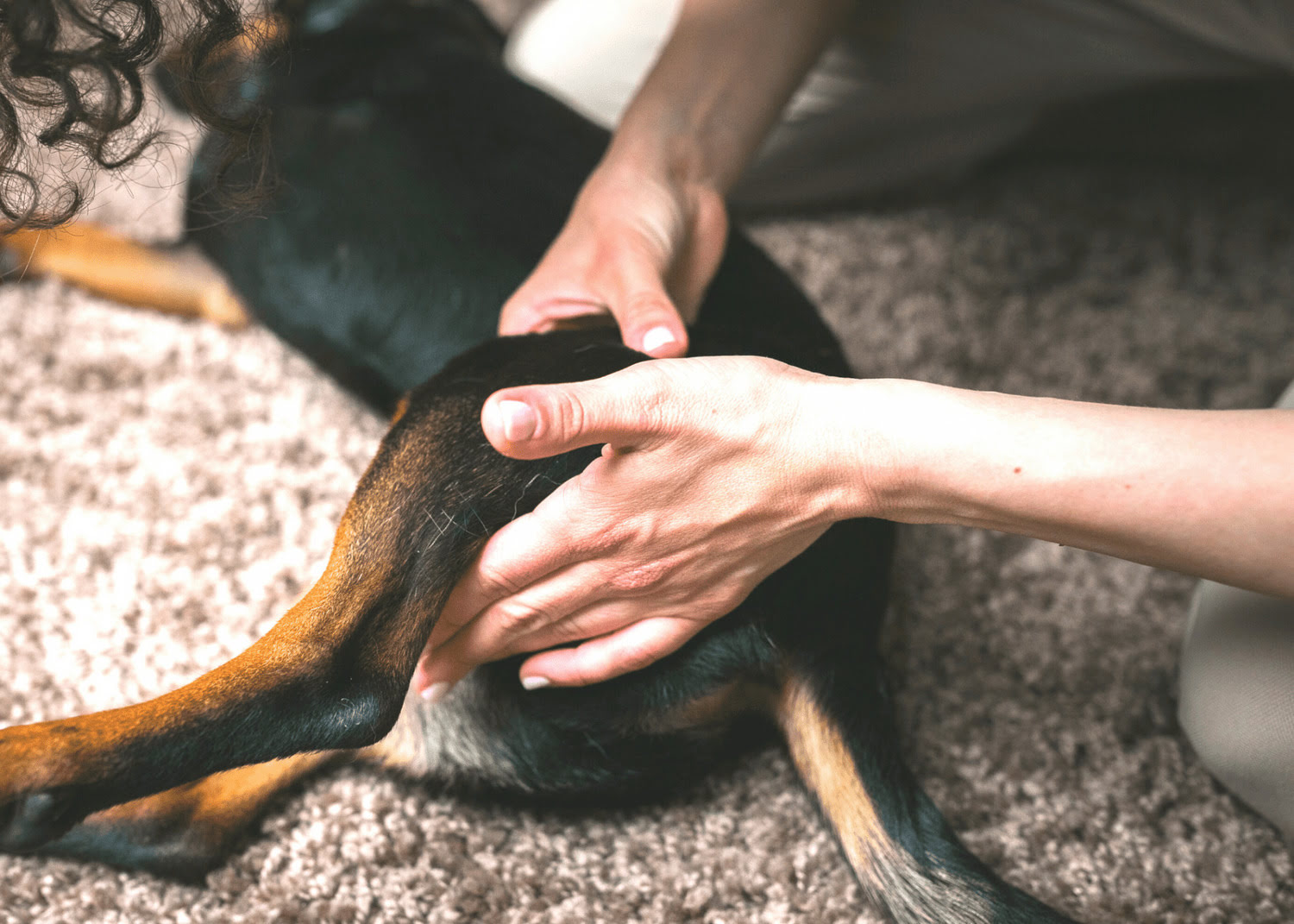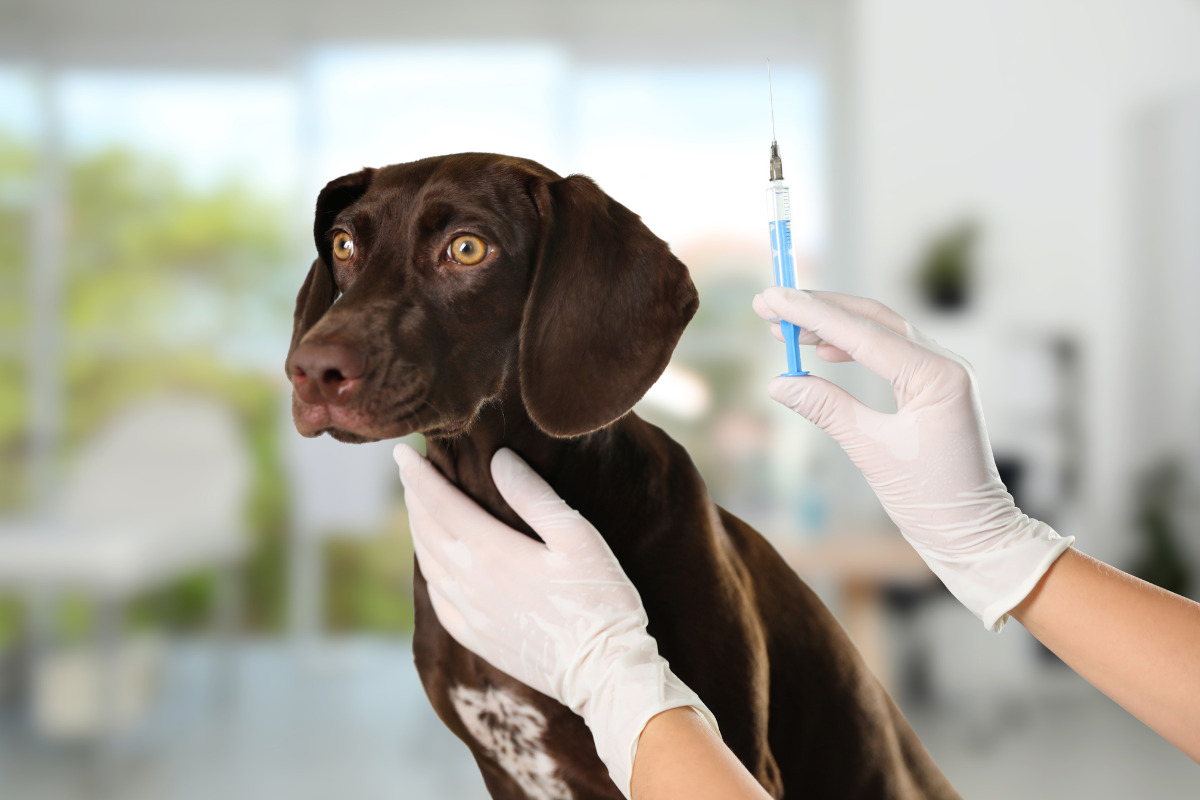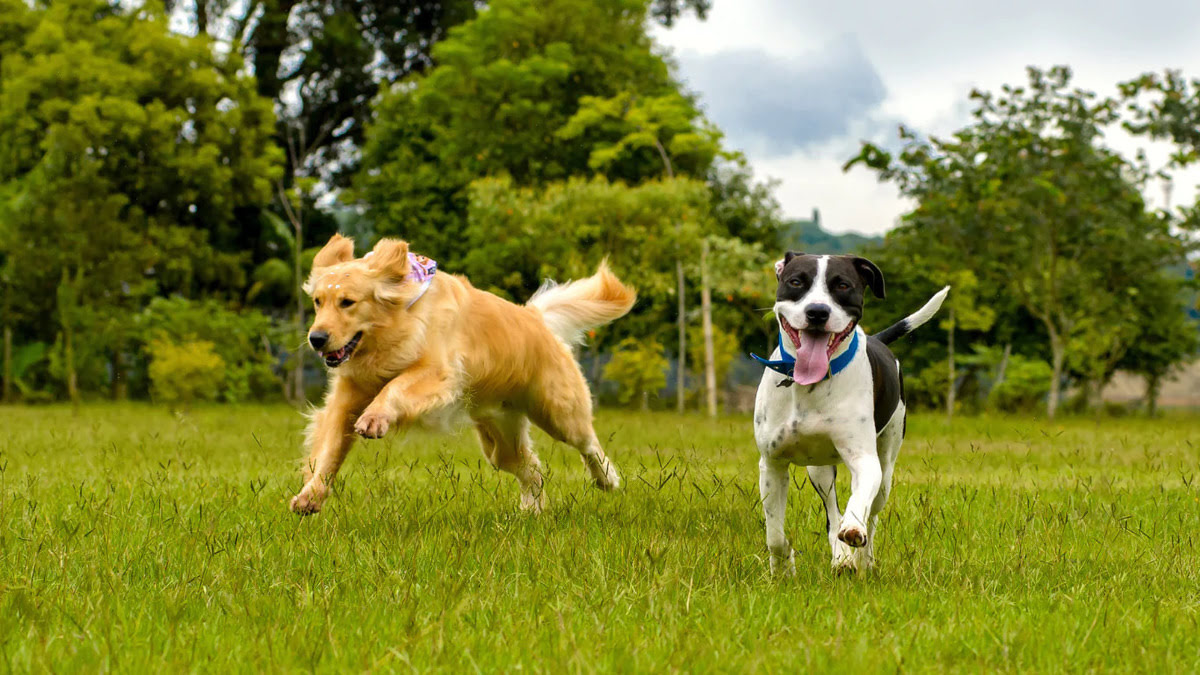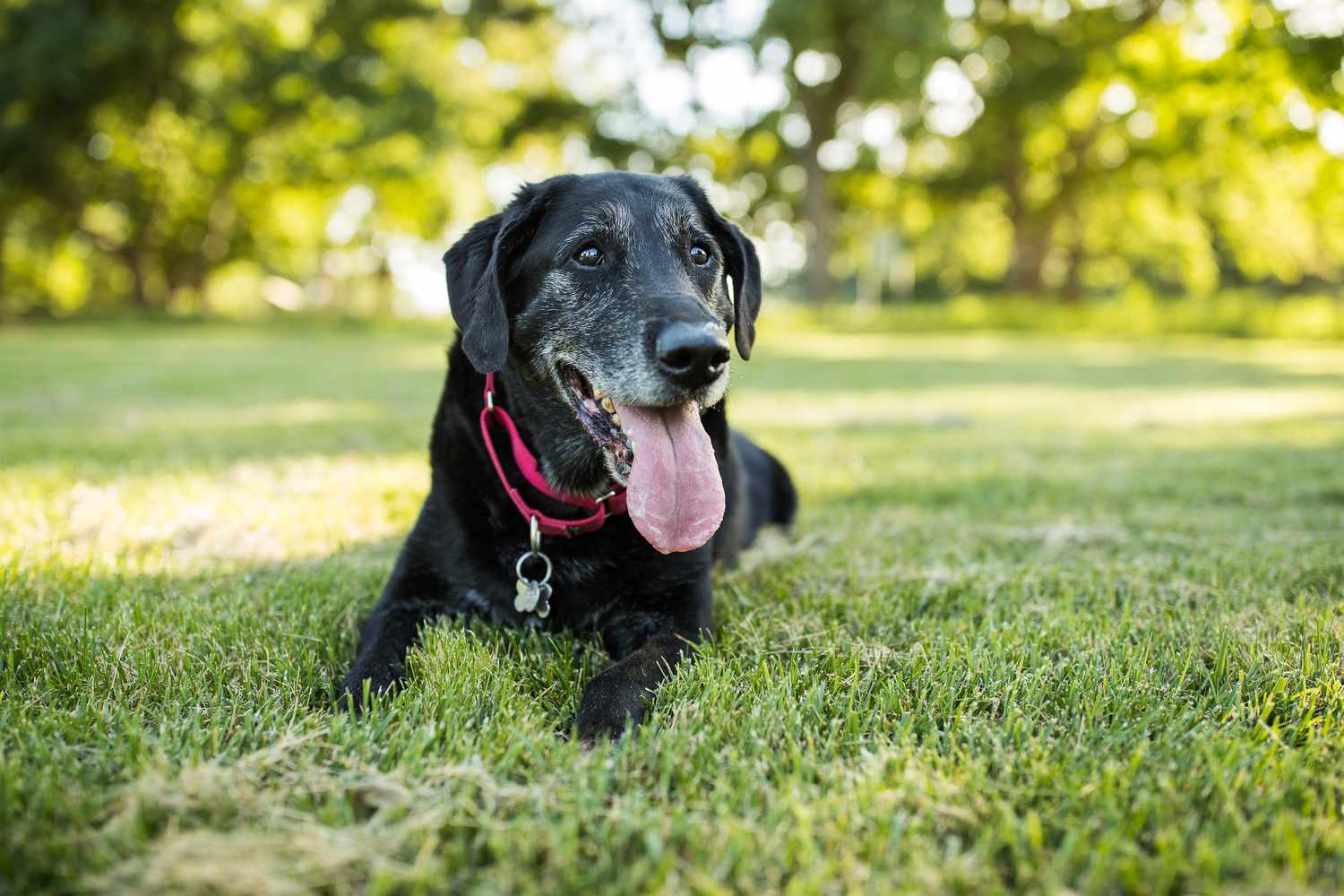Home>Health & Wellness>Common Health Issues>Respiratory Health>What Is The Normal Respiratory Rate For A Dog
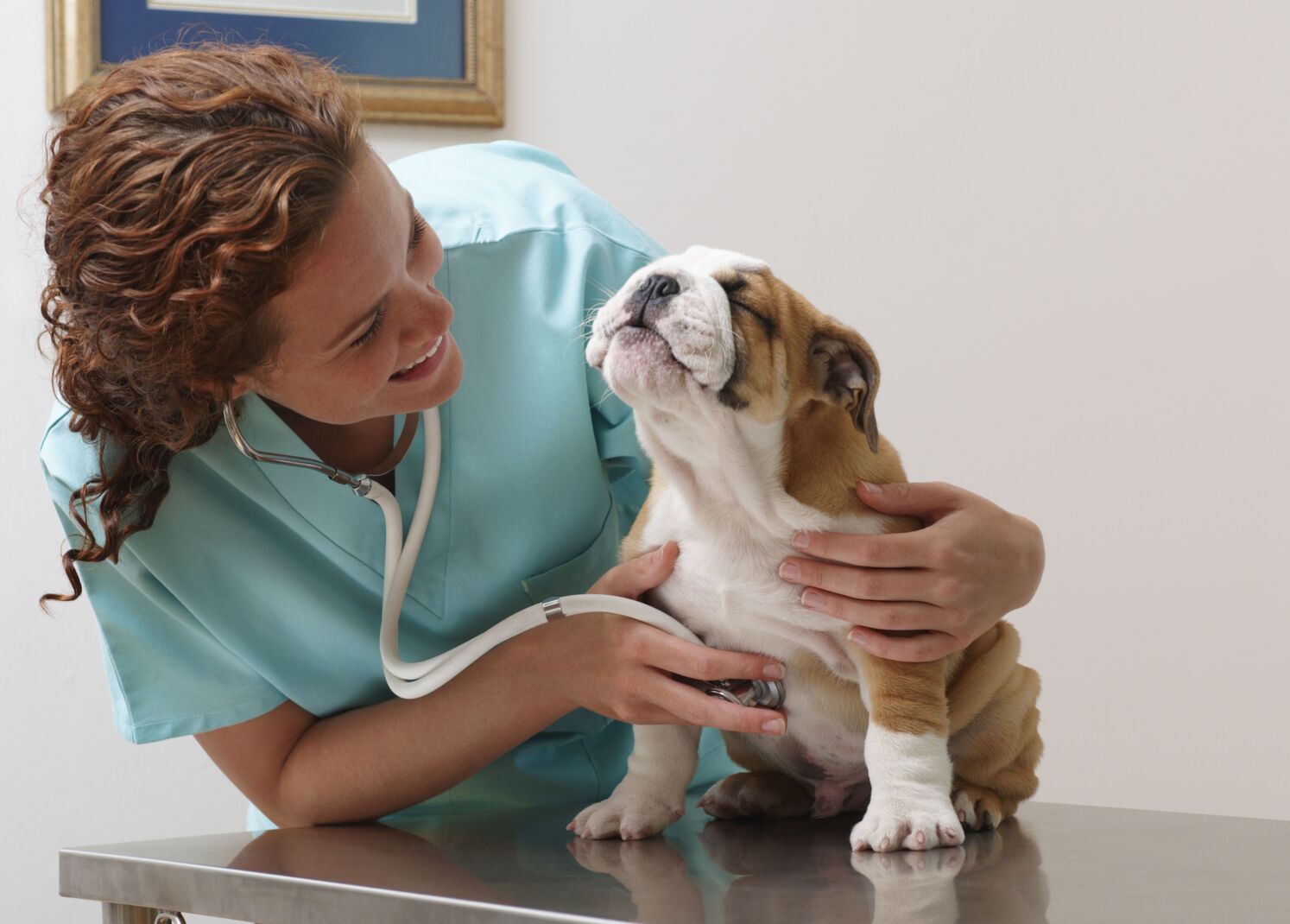

Respiratory Health
What Is The Normal Respiratory Rate For A Dog
Published: February 1, 2024
Learn about the normal respiratory rate for dogs and how to maintain their respiratory health. Understand the importance of monitoring your dog's breathing for overall well-being.
(Many of the links in this article redirect to a specific reviewed product. Your purchase of these products through affiliate links helps to generate commission for Pawsomeoldies.com, at no extra cost. Learn more)
Table of Contents
Introduction
Understanding the respiratory rate of dogs is crucial for assessing their overall health and well-being. The respiratory system plays a vital role in sustaining life by facilitating the exchange of oxygen and carbon dioxide. Monitoring a dog's respiratory rate provides valuable insights into its physiological state and can help identify potential health issues.
Respiratory rate refers to the number of breaths a dog takes within a specific time frame, typically measured in breaths per minute. Just like humans, dogs' respiratory rates can vary based on factors such as age, size, breed, and activity level. By gaining a deeper understanding of what constitutes a normal respiratory rate for dogs, pet owners and caregivers can actively participate in their furry companions' healthcare.
In this article, we will delve into the intricacies of a dog's respiratory rate, exploring the factors that influence it and the significance of monitoring it regularly. By shedding light on the normal range of respiratory rates for dogs and when to seek veterinary care, we aim to empower dog owners with the knowledge needed to ensure the well-being of their beloved pets. Let's embark on this journey to unravel the mysteries of canine respiration and gain a deeper appreciation for the importance of monitoring a dog's respiratory rate.
Understanding Respiratory Rate
The respiratory rate of a dog is a fundamental indicator of its overall health and physiological function. It refers to the number of breaths a dog takes within a specific time frame, typically measured in breaths per minute (bpm). This vital sign offers valuable insights into the efficiency of the respiratory system and the body's ability to exchange oxygen and carbon dioxide.
A dog's respiratory rate is influenced by various factors, including its size, age, breed, and current state of health. Puppies and smaller breeds tend to have higher respiratory rates compared to larger dogs. Additionally, a dog's respiratory rate can fluctuate in response to environmental factors, physical activity, and emotional state.
Monitoring a dog's respiratory rate involves observing the chest or abdomen for the rise and fall associated with each breath. This can be done while the dog is resting or sleeping to obtain a baseline measurement. It's important to note that a dog's respiratory rate may increase during periods of excitement, anxiety, or physical exertion, which is considered normal.
Understanding the normal range of respiratory rates for dogs is essential for recognizing deviations that may indicate underlying health issues. A healthy adult dog typically has a resting respiratory rate ranging from 10 to 30 breaths per minute. Puppies and highly active dogs may have slightly higher respiratory rates, while senior dogs may exhibit lower respiratory rates.
In addition to the numerical value, it's crucial to consider the quality of a dog's breathing. Shallow, rapid, or labored breathing can be indicative of respiratory distress or underlying medical conditions. Conversely, slow, deep breaths may signal relaxation or deep sleep.
By comprehending the significance of a dog's respiratory rate and the factors that influence it, pet owners and caregivers can actively participate in monitoring their furry companions' well-being. This understanding empowers them to recognize abnormal respiratory patterns and seek timely veterinary care when necessary, ultimately contributing to the overall health and happiness of their beloved pets.
Factors Affecting Respiratory Rate in Dogs
The respiratory rate of dogs is influenced by a myriad of factors, reflecting the dynamic interplay between their physiology, environment, and emotional state. Understanding these factors is crucial for interpreting a dog's respiratory rate accurately and recognizing deviations that may signal underlying health issues.
-
Size and Age: The size and age of a dog play a significant role in determining its respiratory rate. Puppies and small breeds typically have higher respiratory rates compared to larger dogs. Additionally, younger dogs may exhibit more rapid breathing patterns, reflecting their higher metabolic rates and energetic dispositions.
-
Breed: Different dog breeds may have distinct respiratory characteristics. Brachycephalic breeds, such as Bulldogs and Pugs, are known for their unique respiratory anatomy, which can lead to breathing difficulties and altered respiratory rates. Conversely, breeds with longer muzzles, such as Greyhounds, may have lower resting respiratory rates.
-
Physical Activity: Engaging in physical activity naturally elevates a dog's respiratory rate as its body demands increased oxygen to support muscle function and energy expenditure. During exercise or play, dogs may exhibit rapid, shallow breathing, which is a normal physiological response to heightened metabolic demands.
-
Environmental Factors: Environmental conditions, such as temperature and humidity, can impact a dog's respiratory rate. Hot and humid weather may lead to panting as a means of thermoregulation, while cold temperatures can result in deeper, more deliberate breaths to maintain body warmth.
-
Emotional State: Dogs' respiratory rates can be influenced by their emotional well-being. Excitement, anxiety, or stress may lead to rapid, shallow breathing, whereas relaxation and contentment may manifest as slower, deeper breaths. Understanding a dog's emotional cues can provide valuable insights into its respiratory patterns.
-
Health Status: Underlying health conditions can significantly affect a dog's respiratory rate. Respiratory infections, heart disease, lung disorders, and pain can all lead to alterations in breathing patterns. Monitoring changes in a dog's respiratory rate can serve as an early indicator of potential health issues, prompting timely veterinary intervention.
By recognizing the multifaceted nature of factors influencing a dog's respiratory rate, pet owners and caregivers can gain a deeper appreciation for the dynamic nature of canine respiration. This awareness enables them to interpret their furry companions' breathing patterns more effectively, fostering proactive involvement in their overall health and well-being.
Normal Respiratory Rate for Dogs
The normal respiratory rate for dogs serves as a vital parameter for assessing their overall health and well-being. Understanding what constitutes a typical breathing pattern in dogs is essential for pet owners and caregivers to monitor their furry companions' physiological status effectively. A dog's respiratory rate, measured in breaths per minute (bpm), provides valuable insights into the efficiency of its respiratory system and the body's ability to exchange oxygen and carbon dioxide.
In general, a healthy adult dog typically exhibits a resting respiratory rate ranging from 10 to 30 breaths per minute. This range serves as a baseline for assessing a dog's breathing patterns during periods of rest or relaxation. Puppies and highly active dogs may display slightly higher respiratory rates, reflecting their elevated metabolic demands and energetic dispositions. Conversely, senior dogs may demonstrate lower respiratory rates, indicative of their reduced activity levels and metabolic rates.
It's important to note that a dog's respiratory rate can vary based on factors such as size, breed, age, and environmental conditions. Brachycephalic breeds, characterized by their short muzzles and unique respiratory anatomy, may exhibit altered respiratory rates due to potential breathing difficulties. Additionally, environmental factors such as temperature and humidity can influence a dog's breathing patterns, with hot weather leading to panting for thermoregulation and cold temperatures prompting deeper breaths to maintain body warmth.
Beyond the numerical value of the respiratory rate, it's crucial to consider the quality of a dog's breathing. Normal breathing in dogs is typically characterized by rhythmic, effortless inhalation and exhalation, with no signs of respiratory distress or labored breathing. Shallow, rapid breathing or prolonged panting may indicate underlying stress, anxiety, or physical exertion, while slow, deep breaths often accompany relaxation or deep sleep.
By familiarizing themselves with the normal range of respiratory rates for dogs and recognizing the nuances of canine respiration, pet owners and caregivers can actively participate in monitoring their furry companions' well-being. This understanding empowers them to identify deviations from the normal respiratory rate and seek timely veterinary care when necessary, ultimately contributing to the overall health and happiness of their beloved pets.
Monitoring Respiratory Rate in Dogs
Monitoring a dog's respiratory rate is a fundamental aspect of responsible pet care, providing valuable insights into the animal's overall health and well-being. By actively observing and recording a dog's breathing patterns, pet owners and caregivers can detect potential abnormalities and promptly seek veterinary attention when necessary.
To effectively monitor a dog's respiratory rate, it is essential to establish a baseline measurement during periods of rest or relaxation. This can be achieved by observing the rise and fall of the chest or abdomen as the dog breathes. Counting the number of breaths over a one-minute duration allows for the determination of the resting respiratory rate. It's important to conduct this assessment when the dog is calm and undisturbed to obtain an accurate baseline.
Regular monitoring of a dog's respiratory rate enables pet owners to identify deviations from the established baseline. An increase in the respiratory rate may indicate underlying stress, anxiety, physical exertion, or environmental factors such as heat. Conversely, a decrease in the respiratory rate may warrant attention, especially if accompanied by signs of lethargy or weakness.
In addition to numerical values, it's crucial to consider the quality of a dog's breathing. Normal breathing in dogs is characterized by rhythmic, effortless inhalation and exhalation, with no signs of respiratory distress or labored breathing. Shallow, rapid breathing, prolonged panting, or wheezing may indicate discomfort or respiratory distress, necessitating further evaluation by a veterinarian.
Pet owners and caregivers should also be attentive to any changes in a dog's breathing patterns, such as persistent coughing, wheezing, or noisy breathing. These could be indicative of respiratory infections, allergies, heart disease, or other underlying health issues that require professional assessment and treatment.
By actively monitoring a dog's respiratory rate and remaining attuned to any alterations in breathing patterns, pet owners and caregivers can play a proactive role in safeguarding their furry companions' respiratory health. This vigilance allows for early detection of potential respiratory issues, facilitating timely intervention and ultimately contributing to the overall well-being and longevity of their beloved pets.
Read more: How To Help A Dog With Respiratory Problems
When to Seek Veterinary Care
Recognizing when to seek veterinary care for a dog's respiratory health is crucial for ensuring timely intervention and addressing potential medical concerns. While fluctuations in a dog's respiratory rate are normal in response to various factors, certain signs and symptoms warrant immediate attention from a veterinarian.
-
Persistent Abnormalities: If a dog consistently exhibits an elevated or decreased respiratory rate outside the normal range, especially during periods of rest or relaxation, it may indicate an underlying health issue. Persistent abnormalities in breathing patterns, such as rapid, shallow breathing or prolonged panting, should prompt a thorough veterinary evaluation to rule out respiratory distress, heart conditions, or other medical concerns.
-
Labored Breathing: Dogs experiencing labored breathing, characterized by visible effort or discomfort during inhalation and exhalation, require immediate veterinary assessment. Labored breathing can be indicative of respiratory infections, heart disease, lung disorders, or other critical conditions that necessitate prompt medical attention.
-
Coughing and Wheezing: Persistent coughing, wheezing, or noisy breathing in dogs may signal respiratory infections, allergies, or underlying respiratory conditions. These symptoms should not be overlooked, as they can indicate the presence of respiratory distress, bronchial issues, or airway obstructions that require professional evaluation and treatment.
-
Signs of Distress: Any signs of respiratory distress, such as bluish discoloration of the gums or tongue, exaggerated abdominal movements during breathing, or extreme lethargy, demand immediate veterinary care. These indicators may signify severe respiratory compromise or inadequate oxygenation, necessitating urgent intervention to stabilize the dog's condition.
-
Sudden Changes: Abrupt and unexplained changes in a dog's respiratory rate or breathing patterns, especially when accompanied by signs of distress, weakness, or collapse, warrant immediate veterinary attention. Sudden alterations in respiratory function can be indicative of acute respiratory distress, pulmonary embolism, or other critical conditions requiring urgent medical assessment and intervention.
In summary, pet owners should remain vigilant for any persistent abnormalities, labored breathing, coughing, wheezing, signs of distress, or sudden changes in their dog's respiratory rate and breathing patterns. Seeking prompt veterinary care when these signs are observed is essential for ensuring the timely diagnosis and treatment of potential respiratory issues, ultimately safeguarding the respiratory health and overall well-being of their beloved pets.
Conclusion
In conclusion, understanding the normal respiratory rate for dogs and the factors that influence it is paramount for pet owners and caregivers. By gaining insight into the intricacies of canine respiration, individuals can actively participate in monitoring their furry companions' well-being and promptly identify potential health issues. The respiratory rate, measured in breaths per minute, serves as a vital indicator of a dog's overall health and physiological function.
Monitoring a dog's respiratory rate involves observing and recording its breathing patterns during periods of rest or relaxation. Establishing a baseline measurement enables pet owners to detect deviations and seek veterinary care when necessary. While fluctuations in respiratory rates are normal in response to factors such as size, breed, age, and environmental conditions, persistent abnormalities, labored breathing, coughing, wheezing, signs of distress, or sudden changes warrant immediate veterinary attention.
By remaining attentive to their dog's respiratory health and promptly addressing any concerning signs or symptoms, pet owners and caregivers can play a proactive role in safeguarding their furry companions' well-being. Early detection of potential respiratory issues facilitates timely intervention, ultimately contributing to the overall health and longevity of their beloved pets.
In essence, the knowledge of a dog's normal respiratory rate and the vigilance in monitoring its breathing patterns empower pet owners to be proactive advocates for their furry companions' respiratory health. This understanding fosters a deeper connection between humans and dogs, ensuring that these beloved pets receive the care and attention they deserve to lead healthy and fulfilling lives.
